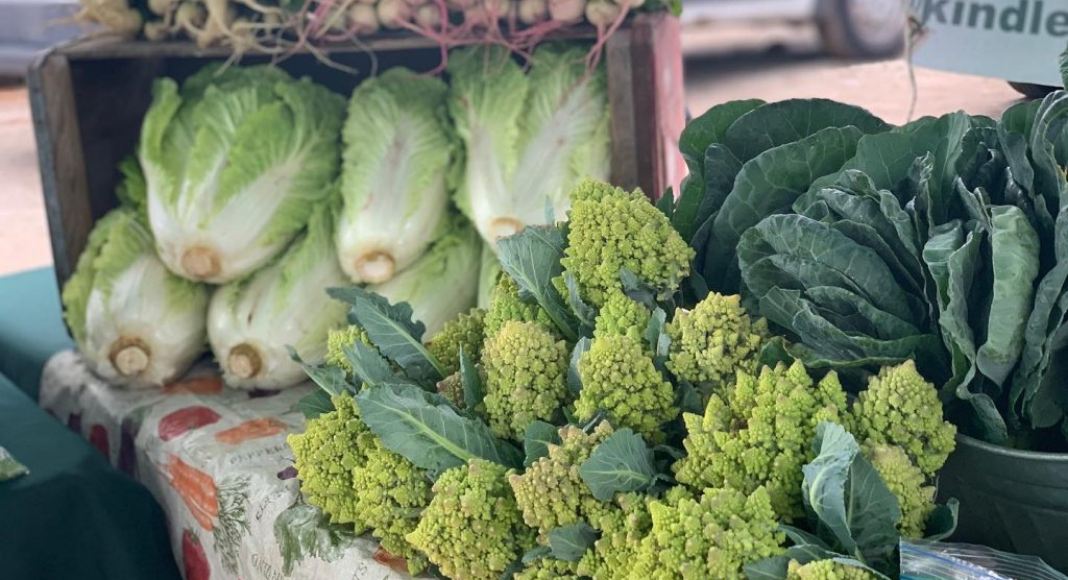
Does mealtime feel like you are going into battle against a pint-sized army? The pleading, the begging, the tantrums, and the tears are enough to make any mom give into ice cream for dinner. (For both of you!)
As a mom of two almost adults I can assure you that this is a common fight for many parents. When I began my nutritional studies I was ready to go to battle with my kids on a regular basis about eating their vegetables, but then I saw the results of my tyranny.
My kids started developing issues with food.
It was a direct result of me shaming the “treats” they received at school, the endless color sheets I provided them of “bad” foods and “healthy” foods, or the extremely stringent eating plan that I put myself and my husband on and then talked about it in front of my kids.
At first, I heard comments from my kids about certain foods that would give their friends heart disease, and then I overheard my daughter telling her friend that she could not eat cake because it would make her fat.
I was devastated.
I had never mentioned food making anyone fat and I always thought that I was conscious of being body positive. Unfortunately, with the way diet products are marketed along with mixed lessons being taught in school and through media my daughter had come to her own conclusion. Food that was not healthy would make her fat.
I want my children to be healthy eaters and love their bodies so I knew the dialogue had to change.
5 Ways to Help Your Kids Love Food & Teach Nutrition Without Shame
- Avoid labeling foods. Instead, teach them how to read labels. Remove the verbal food labels of “junk”, “healthy”, and “unhealthy”. Distinguishing foods as good or bad is similar psychology to labeling people as good or bad. Instead, educate your child as they grow up to read ingredient labels and tune into their body’s innate intelligence of what makes them feel energized or what foods make their stomach hurt. Teaching your child how to recognize their own physical clues and how food makes them feel also teaches your child about body empowerment. We want our children to feel pride and ownership over their bodies so that they are confident and grow into powerful decision-makers.
- Educate, educate, educate. As Wendell Willkie said, “Education is the mother of leadership”. Let’s empower our children with education about food and where it comes from. When they are really little, this is a great time for children to learn colors by the color of food or textures and smells. You may even find there is a common theme like slimy textures that make your child gag. This is a good thing to note as a mom and not push foods that create texture issues. Try it occasionally but do not dictate that your child eats textures that upset them. If your child is at a verbally expressive age then ask them more about why they did not like a certain food. As your child gets older educate them about where their food comes from. Does it grow from trees, the ground, or from an animal? Then teach them about how food from trees gives our body fiber which helps us poop or how food from an animal gives us protein to make our muscles energy.
- Make food fun. Kids love fun, they could teach us a thing or two about having more fun! So why not make meals fun? Let your child decorate their pancake with cut-out fruit or make dinner swords (really just a kabob). When apples, oranges, broccoli, and peppers become part of an art or building project then it makes fruits and veggies a fun part of life. Changing the presentation of foods can help encourage children to try a food that they may have previously voiced their dislike for.

- Children’s choice. Try and get your children involved in grocery shopping and cooking meals. I do realize that this can present a time (and possibly a patience) challenge but aim for at least two meals a week that your child chooses what ingredients are used. If the options are carrots, peas, and broccoli and they choose peas then ask how they would like the peas prepared. Do they want them steamed, pureed, or even made into a dip? The choice will empower your child to take ownership of the meal and they are more likely to enjoy it.
- No more dictatorship. Want your children to love food without issues? Then stop demanding it. There may be a period of life where your child only wants to eat cheddar cheese and olives. It is ok! Yes, still try the advice above but also know that this is not the hill you want to die on…trust me! When children are really little and they choose food by instinct there will be times when their bodies want higher fats and so they choose butter and avocado or there may be times when they instinctually know they need potassium so they only want a white potato and banana. Remember education is always more powerful than dictatorship.
Resources for Teaching Children About Nutrition
Please be careful with using resources from Google or Pinterest. Often those resources contain words like “healthy” and “bad foods”. There are other ways to educate children about nutrition while still empowering them through choice. March is National Nutrition Month and National Women’s Month so it is the perfect month for nutritional empowerment!
- Grocery Store Bingo
- Twisty Noodle Fruits of the Spirit coloring sheets
- Eating the Alphabet
- Food toys to teach where food comes from
- Grow a garden (outside or hydroponic)













